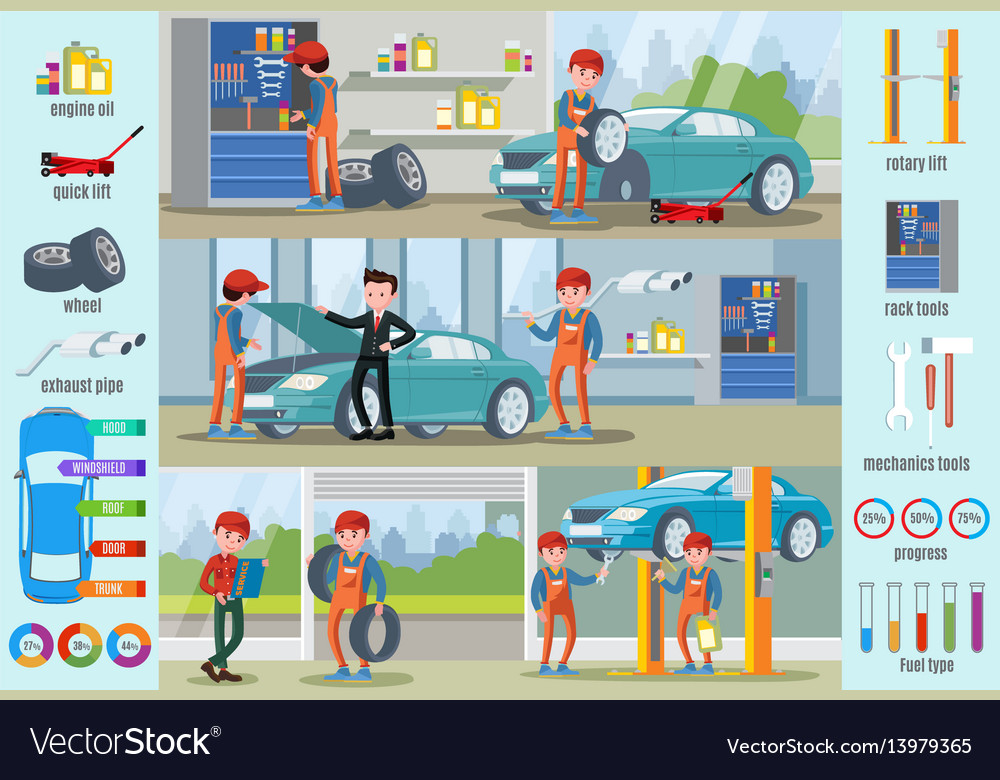Intend To Learn More About The Caution Lights On Your Control Panel? Uncover What They Suggest Concerning Your Vehicle'S Health And Wellness
Intend To Learn More About The Caution Lights On Your Control Panel? Uncover What They Suggest Concerning Your Vehicle'S Health And Wellness
Blog Article
Web Content Composed By-Hartley Kejser
When you're behind the wheel, those beautiful warning lights on your dashboard can be a bit puzzling. Do cardetailing know what they're trying to tell you concerning your cars and truck's wellness? Understanding the value of these lights is important for your safety and security and the durability of your car. So, the following time one of those lights pops up, would not you want to analyze its message accurately and take the required steps to resolve it?
Common Caution Lights and Interpretations
Recognize typical warning lights in your car and recognize their meanings to make certain secure driving.
One of the most typical warning lights consist of the check engine light, which signals problems with the engine or exhausts system. If this light comes on, it's vital to have your lorry inspected promptly.
The oil stress alerting light suggests reduced oil stress, calling for immediate attention to stop engine damages.
A blinking battery light might recommend a damaged charging system, possibly leaving you stranded otherwise dealt with.
The tire pressure tracking system (TPMS) light notifies you to reduced tire stress, impacting car security and fuel efficiency. Disregarding this might lead to risky driving conditions.
The abdominal muscle light indicates an issue with the anti-lock stopping system, compromising your capacity to quit swiftly in emergency situations.
Last but not least, the coolant temperature cautioning light warns of engine overheating, which can lead to serious damages otherwise solved promptly.
Comprehending these common caution lights will certainly assist you address concerns quickly and keep secure driving problems.
Relevance of Prompt Attention
Comprehending the usual warning lights in your automobile is only the very first step; the significance of quickly addressing these cautions can't be stressed enough to ensure your security when driving.
When a warning light illuminates on your dashboard, it's your vehicle's method of communicating a potential issue that needs attention. Ignoring these warnings can cause a lot more extreme troubles later on, jeopardizing your security and possibly costing you more in repairs.
Trigger interest to cautioning lights can prevent break downs and accidents. For example, a blinking check engine light can show a misfire that, if left unattended, could cause damage to the catalytic converter. Resolving car cleaning products near me can conserve you from a pricey repair.
In a similar way, a brake system warning light may signal reduced brake fluid or used brake pads, crucial parts for your security when driving.
Do It Yourself Troubleshooting Tips
If you see a caution light on your dashboard, there are a few do it yourself troubleshooting pointers you can attempt before looking for expert assistance.
The initial step is to consult your auto's guidebook to understand what the certain caution light suggests. Often the issue can be as basic as a loosened gas cap activating the check engine light. Tightening up the gas cap might deal with the problem.
One more usual concern is a reduced battery, which can cause numerous warning lights. Examining the battery links for deterioration and guaranteeing they're protected could deal with the issue.
If a caution light persists, you can try resetting it by detaching the cars and truck's battery for a few mins and afterwards reconnecting it. In https://www.autoinfluence.com/how-to-spot-and-avoid-common-car-repair-scams/ , inspecting your vehicle's fluid levels, such as oil, coolant, and brake liquid, can aid fix warning lights related to these systems.
Conclusion
Finally, understanding your automobile's warning lights is vital for keeping your car running smoothly and securely. By immediately attending to these alerts and understanding what they suggest, you can avoid costly fixings and prospective failures.
Remember to consult your vehicle's handbook for particular details on each warning light and take action as necessary to ensure a trouble-free driving experience.
Remain informed, remain safe on the road!
